On the Pacific coast of northern Japan, a shrine gate (torii) stands on a rock thrust amidst the waves. According to local legend, on this spot, more than a thousand years ago, a pair of gods, Ōnamuchi and Sukunahikona, descended to earth for a while, to protect the residents of this region. Sukunahikona is the god of sake brewers.
In 1865, the Tsukinoi Brewery was founded near that lovely spot on the Ōarai shore. At first, the owner had named it Matsumaeya (the house of Matsumae). But one mid-autumn evening, looking out onto the torii gate, he was struck by the beauty of the moon reflected on the waves glittering gold and silver over the Ōarai shore. So lovely was this sight that he changed the name of his brewery, to Tsukinoi, which means “the well of the moon”.
Ōarai is a flourishing fishing port. According to local tradition, no fisherman would depart in the morning without drinking a small cup of sake for good luck. Nor would they fail to drink a cup on their return, to celebrate their catch. Whether drinking together to celebrate good times, or drinking alone to ease their tiredness after a long day at sea, Tsukinoi sake has been an essential part of the fishermen’s culture since its founding 160 years ago.
Sake is made of two products of nature’s bounty, rice and water, fermented with microorganisms. On the surface, it seems extremely simple. But the production of sake is actually both complex and delicate. A small change in the production process can have enormous effects on the final product. In recent years, many sake breweries have adopted a design approach, mapping out the desired flavors and aroma, and making minute adjustments to their production processes to achieve those effects. That is the exact opposite of our approach.
We believe the key to a truly distinctive sake is to embrace the natural bounty of the region, and to harness the power of the local ingredients. Our philosophy is similar to that of winemakers who aim to fully express the local characteristics of their terroir. A vegetable grown in a factory farm will taste the same wherever it is grown. But plant it in the open air and allow it to grow in the local soil in the sun and rain, and you will bring out its characteristic local flavors. To understand the region, and to maximize the power of land and nature, is the key to the best possible taste. We think that sake is no different.
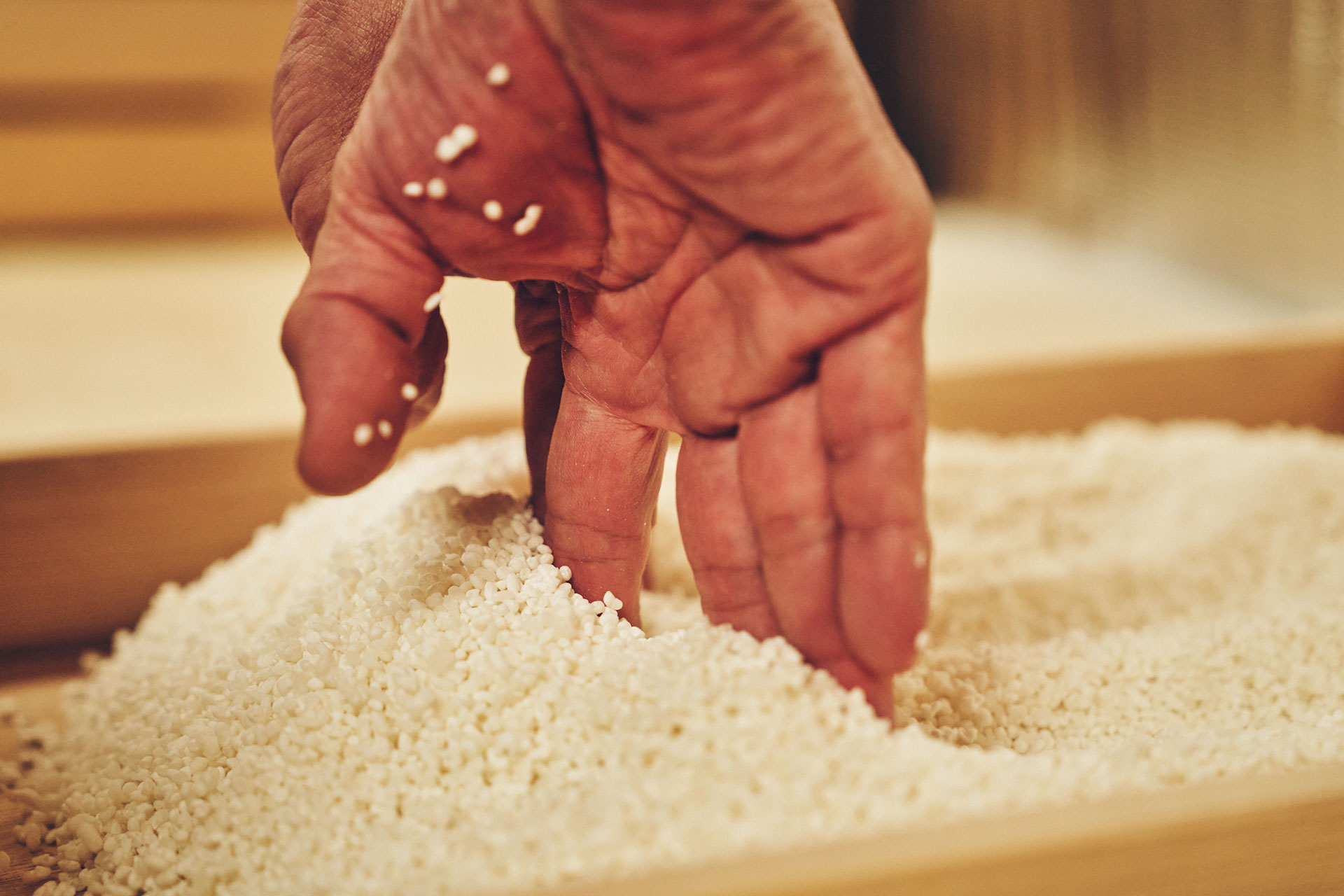
The Ōarai region has a mild climate, influenced by its position on the shore of the Pacific Ocean. Our water is pure, moderately hard and with an appropriate minerality. We use that water to steam selected rice varieties, and we allow the yeasts to develop to the fullest in the fermentation process. Unlike other breweries which use refrigeration techniques, we don’t use any temperature control. Rather, we allow the sake to brew in the natural temperature conditions of the season, just as it has been done since time immemorial.
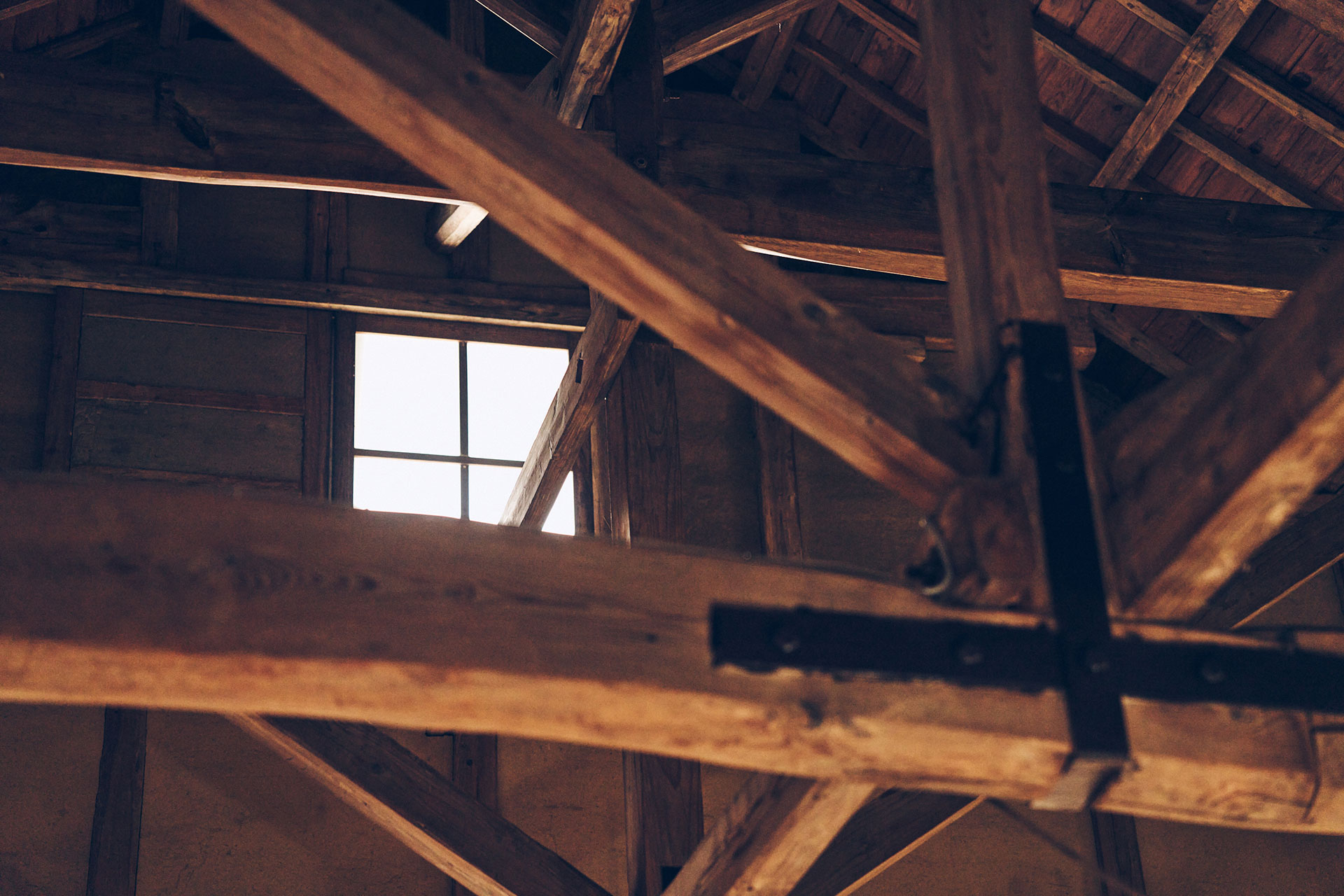
The result is a unique sake that embodies the special characteristics of our rice and water. A sake that reflects the unique blessings of the season. A sake that could only come from this one place: our brewery in Ōarai, on the edge of the Pacific Ocean. That is the quality of Tsukinoi.
The color will surprise you when you see our sake for the first time. It is not clear, but has beautiful hues of yellow and amber. That is because we have allowed the sake to develop the full flavors (umami) of its natural ingredients, without using any filtration.
Our sake is particularly notable for its buffering capacity: that is, its ability to soften and round out flavors in the mouth. No matter what the cuisine, and no matter what your method of drinking (warm, room temperature, or chilled), our sake will bring out the full flavors of your meal. You will find a depth and body that you will not tire of. Experience our sake, and we think you’ll want to drink it every day.
Tsukinoi sake has been crafted to reflect the pure characteristics of this terroir, which has been blessed by the gods of ancient legend. Please enjoy it with both your body and your spirit.
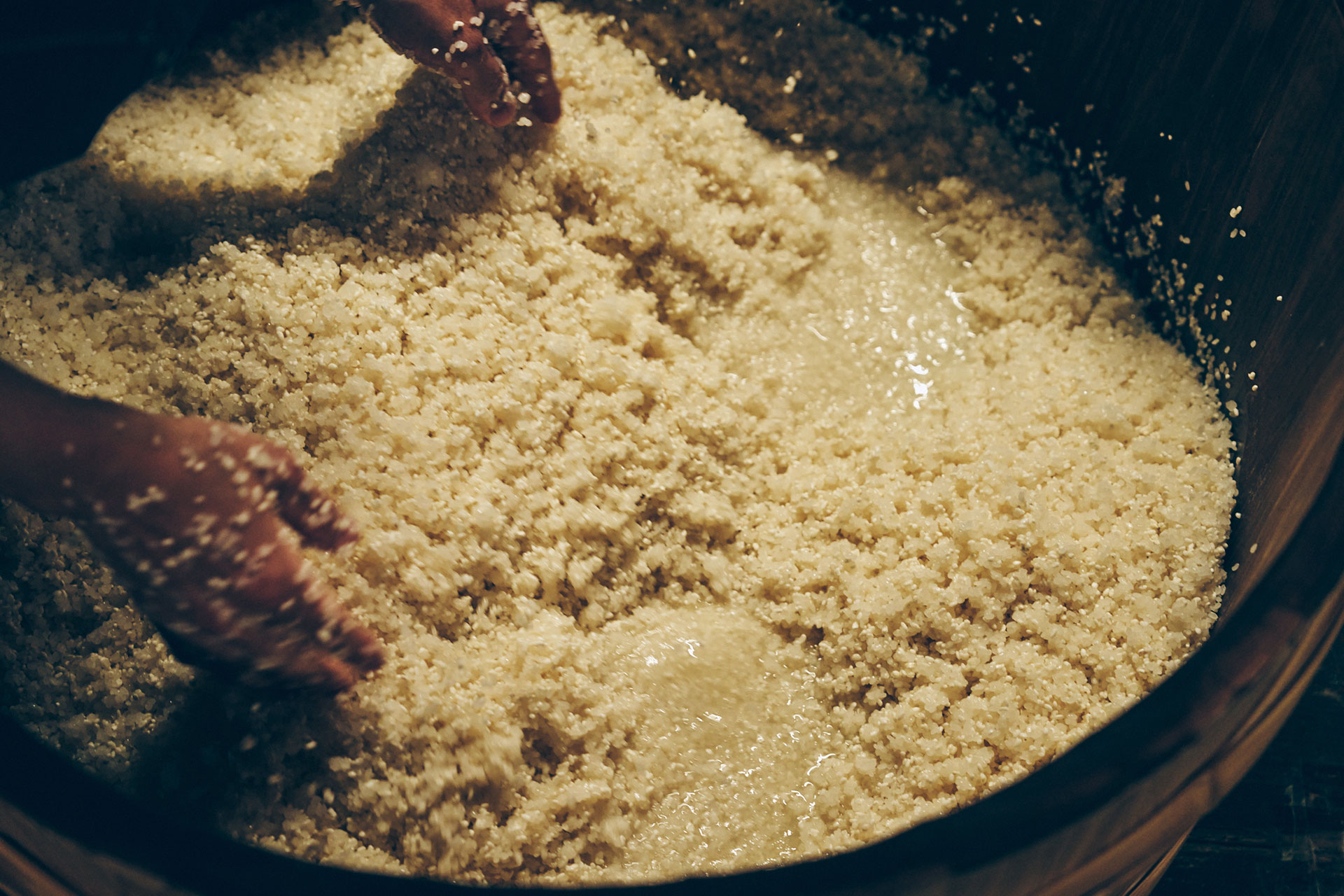
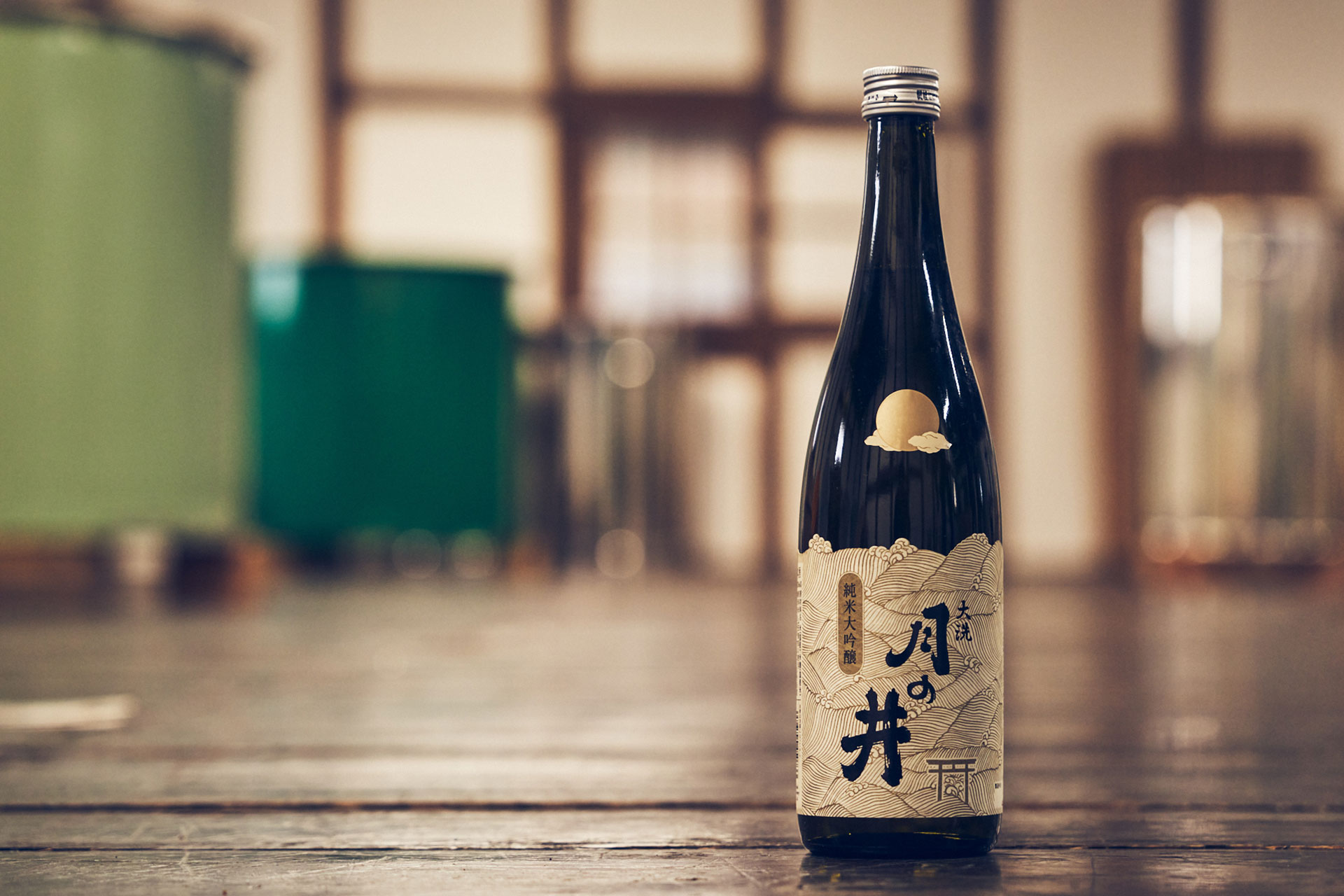
The people of Ōarai have loved this sake since Tsukinoi’s foundation in 1865. We were the first brewery in this region to brew Junmai Ginjo using organic Yamada Nishiki, the “king of sake rice”, from Hyogo Prefecture. Since then, we have expanded the range of our rice varieties, selecting the best quality varieties from all over Japan.
The dominant quality of Tsukinoi sake is its extreme smoothness and ease of drinking – the product of a long and patient brewing process that allows the rice to thoroughly dissolve and meld its flavors. Even people who don’t normally drink sake find it easy to enjoy. The fishermen of Ōarai have always drunk our sake with every type of seafood, from raw sashimi to one of the noted dishes of this region, a rich monkfish hotpot. Tsukinoi sake is smooth enough to go with light fare, but deep enough to go with rich food.
Choice of yeast to match rice varieties
We match our yeasts carefully with selected varieties of rice. Yamada Nishiki rice from Hyogo Prefecture has excellent properties for a smooth and well-dissolved brew, and Ogawa Yeast (Association No.10) is a perfect pairing. Dewasansan rice from Yamagata Prefecture, and Chiyo Nishiki rice from Ibaraki Prefecture are relatively hard and light. For those varieties, we use Association No.6 which has strong fermentation powers.
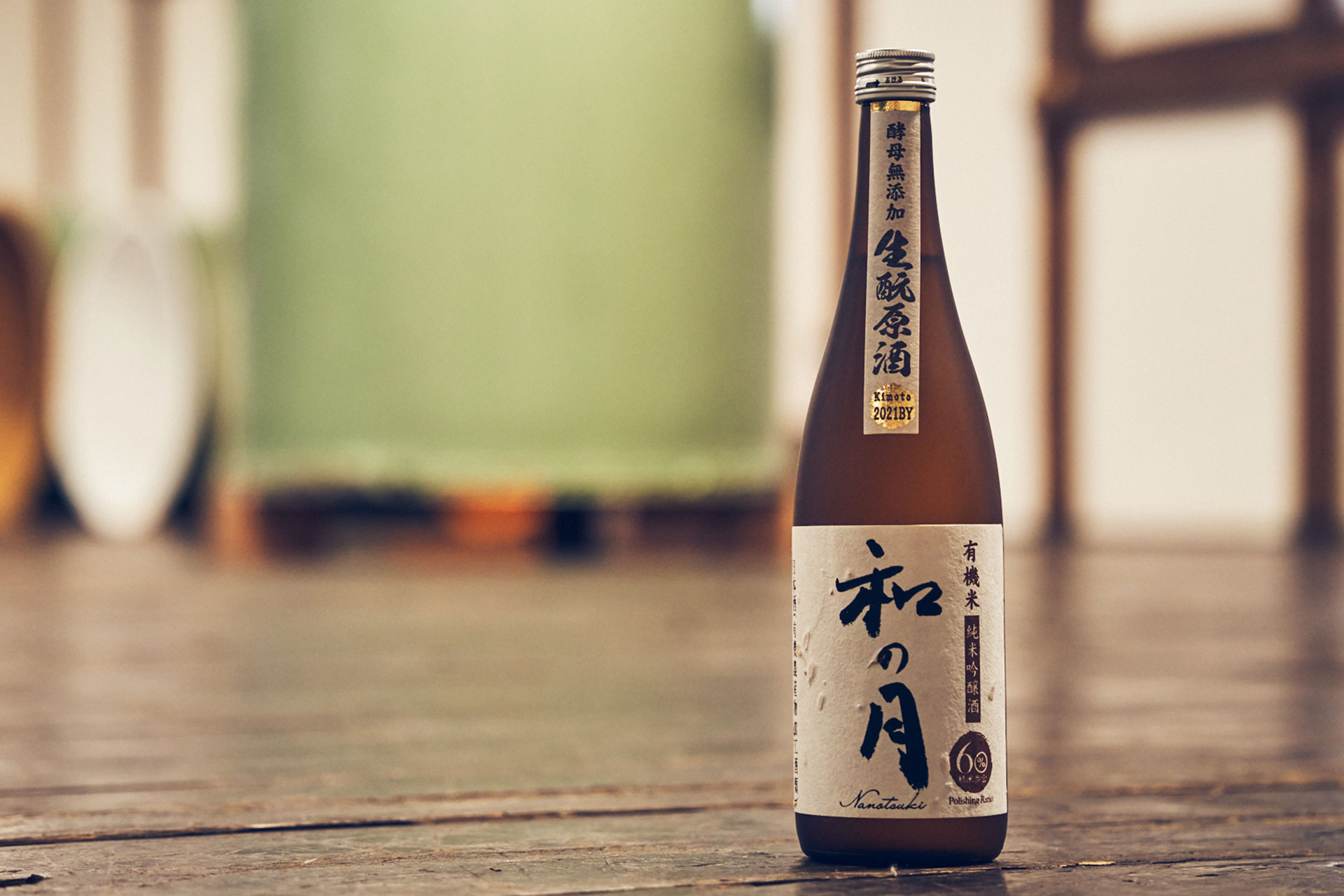
Nanotuski means, literally, “calm moon.” We have given this name to our series using organic rice from Ibaraki Prefecture and brewed in the traditional kimoto style.
Our rice is grown with no pesticides and with only organic fertilizer more than three years. Each part of the process, from washing the rice to pressing and bottling, must meet a high standard to ensure adherence to the principles of organic brewing.
“Organic” (yūki) in Japanese literally means “having life.” For us, Nanotsuki organic sake is not just about the process, but about this life-giving principle. We understand yūki to mean the protection of our local environment, and the protection of human health. Because of the difficulties sourcing organic sake rice and brewing with organic methods, it is very rare to find organic sake. We spent years working with local rice producers to develop organic rice varieties, and our organic brewing process with naturally developed lactic acid and natural yeasts is the product of long and patient experimentation.
As a result of our organic rice varieties and the long brewing process using the organic kimoto method, Nanotsuki sake has excellent buffering qualities on the palate – the highest of all our sakes. It is a full-bodied sake with focus and helps to clean your palate beautifully.
Nanotsuki is undiluted: its alcohol content is 3 to 4 degrees higher than our other products. As we worked to develop Nanotsuki, we tried different levels of alcohol content. All were enjoyable due to the solid and unique taste from the kimoto method, but we decide to stick with the undiluted brew because the taste is extremely attractive as undiluted.
This organic sake is a perfect match for the traditional kimoto brewing process. Its unique flavor is both natural and reflects our respect for human and environmental health. Please try it: we hope it will stir you to your depths.
The creation of Nanotsuki
Nanotsuki was created by the 6th generation owner, Mr. Kazuhiko Sakamoto, and his wife, Keiko, who became the 7th generation owner after his death. They wanted to create an organic sake that was respectful of human and environmental health. Mr. Sakamoto passed away, but prior to his death, he wrote “Nanotsuki” in calligraphy form. His calligraphy is now on the label of Nanotsuki sake. The story of the birth of Nanotsuki was published as “Saigo no Yakusoku” (The Last Promise) by Bungei Shunjū in 2005. The book became a TV drama in 2010, starring Hiroshi Tachi and Narumi Yasuda.
The first Ibaraki organic rice
“Agri Yamazaki” owned by Masashi Yamazaki, started to work growing organic rice in 1987. It took 3 years for the rice paddies to have enough nutrients and power to grow rice. Ten years after that, in November 2000, Mr. Yamazaki’s rice was certified organic according to the JAS (Japan Agricultural Standards). In 2004, Miyama Nishiki rice was used in the first Nanotsuki sake.
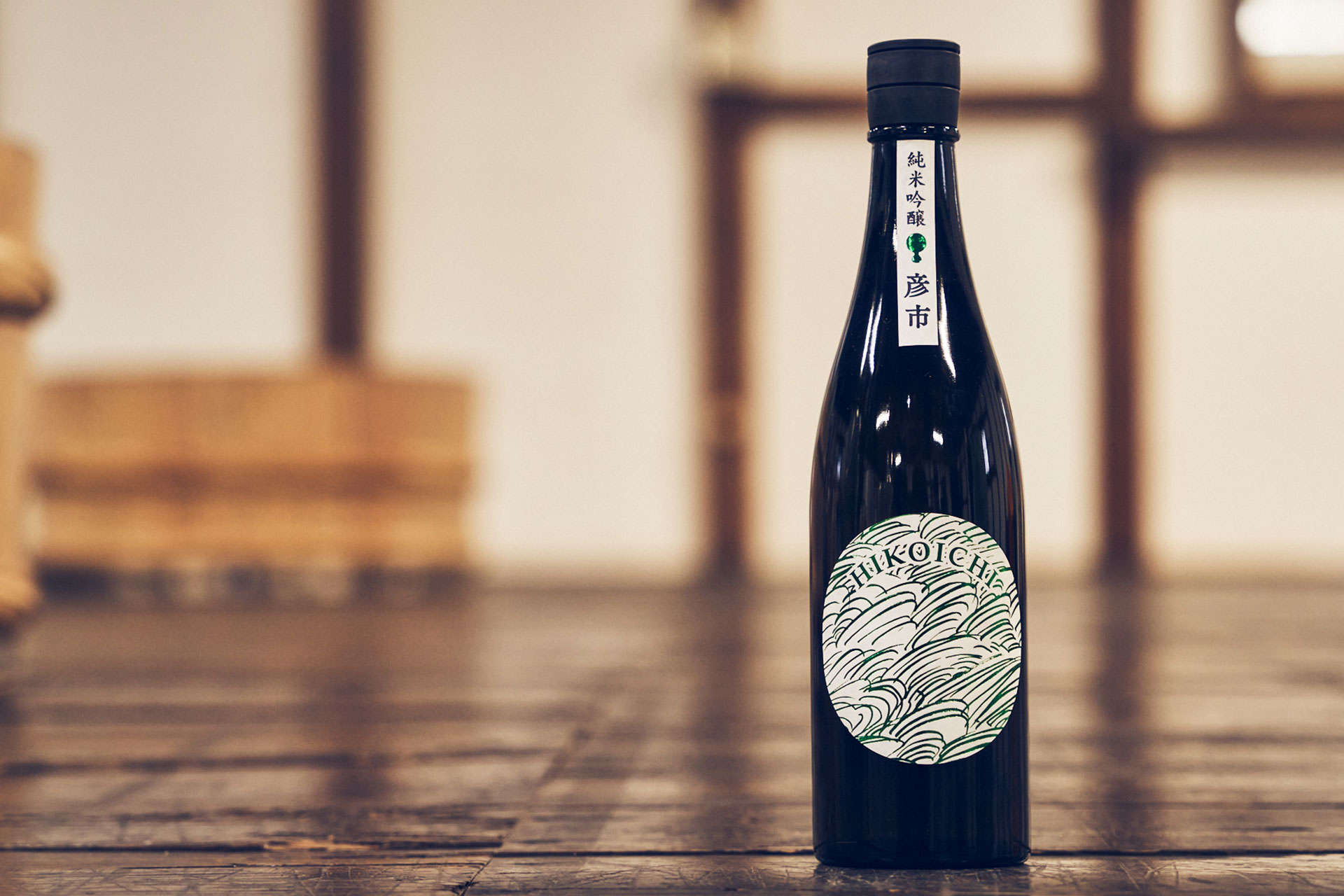
Hikoichi is brewed using rice, water, and people from Ōarai. This is a true jizake (local sake). Hikoichi is the given name of the founder of Tsukinoi Brewery, Hikoichi Sakamoto. For five generations, all the owners of the brewery took the same name. However, the current owner’s grandfather passed away before assuming the name, and so the custom lapsed. The current owner, 8th generation Naohiko Sakamoto, wanted to use preserve the tradition embodied in this name, and so he created Hikoichi in 2014.
Our Hikoichi Junmai Daiginjo sake uses Kame no O rice, and our Hikoichi Junmai Ginjo uses a very rare variety, Koshikagura rice. Hikoichi Junmai sake is brewed with Chiyo Nishiki rice. All the varieties used in Hikoichi sake are grown locally in Ōarai.
Kame no O: a rediscovered variety
Kame no O was created in 1893, and is believed to be an ancestor of Sasa Nishiki, Koshihikari, Akita Komachi, Hitomebore and other popular varieties of cooking rice. Kame no O disappeared from the market as it is difficult to grow. It has been very difficult to revive in Ōarai, thus the production of sake using this variety is limited.